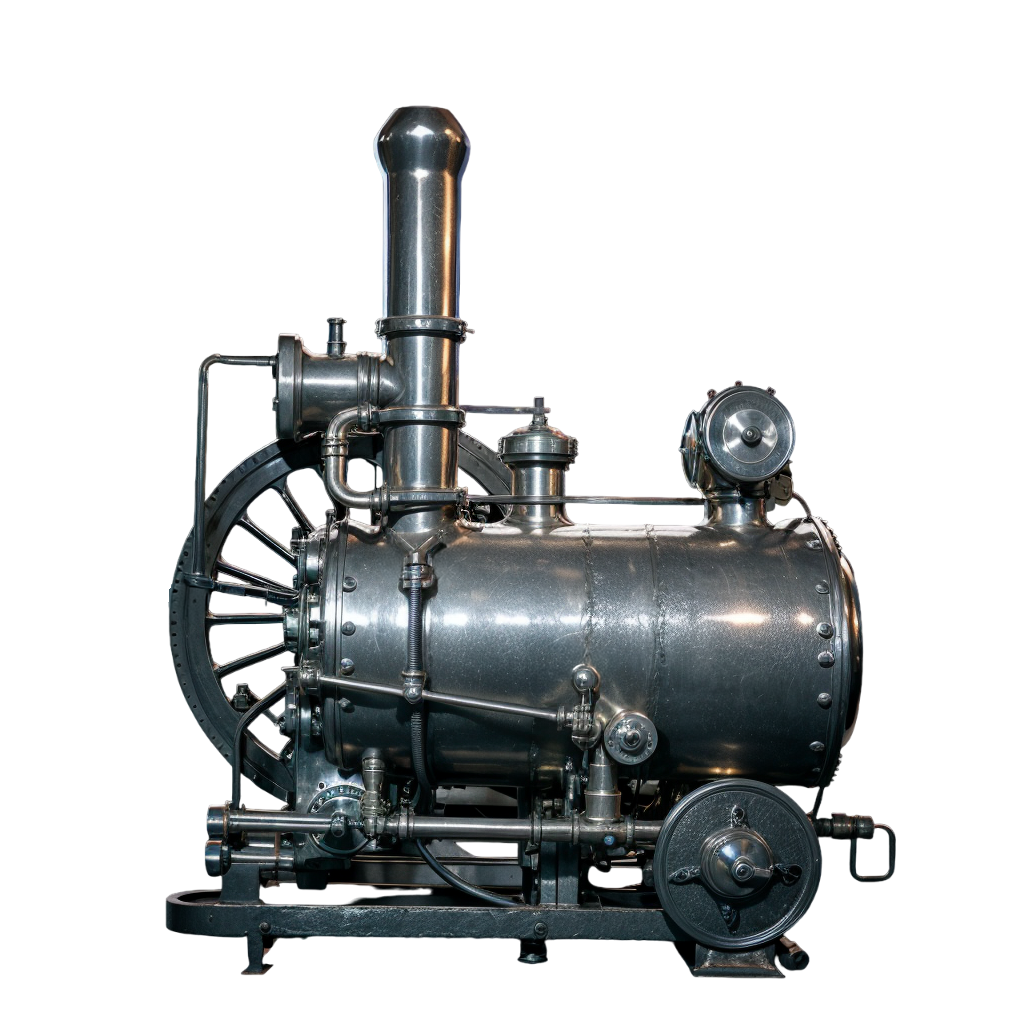The steam engine is one of the greatest inventions in human history, revolutionizing the way we live and work. It works by using steam to power a machine, which can be used for many different purposes such as powering locomotives, factories, and ships.
The first steam engine was developed in the early 18th century by Thomas Newcomen, but it was the improvements made by James Watt in the late 18th century that really transformed the technology. The Watt steam engine was much more efficient than previous designs, making it a practical source of power for industry.
The steam engine helped to drive the Industrial Revolution, allowing for the mechanization of many manual tasks and greatly increasing productivity. It enabled factories to operate on a much larger scale, and made transportation much faster and more efficient.
One of the most iconic uses of the steam engine was in locomotives, which were able to transport goods and people across vast distances at previously unheard of speeds. This opened up new opportunities for trade and travel, and helped to connect people from all corners of the globe.
Today, the steam engine is no longer the primary source of power for industry, but it still has a place in our history and culture. Steam-powered trains and boats are popular attractions for tourists, and the steam engine continues to inspire new generations of engineers and inventors.
In summary, the steam engine is a groundbreaking invention that helped to transform the world as we know it. Its impact on industry, transportation, and society as a whole cannot be overstated, and it remains an important part of our technological heritage.



Comments are closed